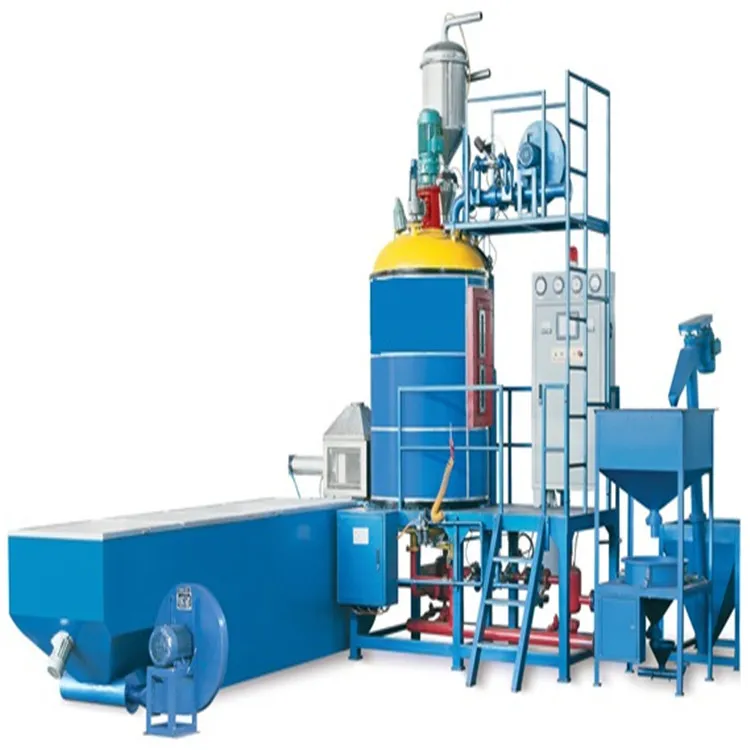EPS Shape Molding Machine: Principles and Processes
Feb. 05, 2024
Expanded Polystyrene (EPS) shape molding machines play a pivotal role in the manufacturing process of diverse products, ranging from packaging materials to construction components. This article explores the principles and processes behind EPS shape molding machines, shedding light on their functionality and the steps involved in creating molded EPS products.
Principles of EPS Shape Molding Machines
EPS shape molding machines operate on the principles of pre-expansion, molding, and post-expansion.
Pre-expansion: The process begins with the pre-expansion of EPS beads, which involves steam heating to a specific temperature. During pre-expansion, the beads expand, creating a low-density and uniform cell structure. This controlled expansion is crucial for achieving the desired properties in the final molded product.
Molding: Pre-expanded EPS beads are then loaded into a mold cavity within the shape molding machine. The mold is closed, and steam is injected, causing the beads to further expand and conform to the shape of the mold. This step determines the final geometry and dimensions of the EPS product.
Post-expansion: After molding, the expanded product undergoes a post-expansion process. This involves exposure to additional steam to ensure any remaining voids are filled, enhancing the product's density and mechanical properties. The post-expansion step contributes to the overall strength and stability of the molded EPS product.

Processes Involved in EPS Shape Molding
Material Preparation: The process begins with the preparation of EPS beads, which are typically stored in silos. The beads are then fed into the pre-expander, where steam and heat are applied to achieve the desired expansion ratio.
Pre-expansion: The EPS pre-expander is a critical component of the EPS shape molding machine. It controls the density and size of the expanded beads, laying the foundation for the final product's characteristics. The pre-expanded beads are then conveyed to storage bins.
Molding: In the molding phase, the pre-expanded beads are placed into the mold cavity. The mold, often made of aluminum, is closed, and steam is injected. The heat and pressure cause the beads to fuse together, taking the shape of the mold. The molding time is carefully controlled to ensure uniformity.
Cooling and Demolding: After the molding process, the formed EPS product is cooled within the mold to set its shape. Once cooled, the mold opens, and the molded product is ejected. This step is crucial to prevent deformation and ensure the product retains its intended shape.
Post-expansion: The molded EPS product undergoes post-expansion to improve its density and mechanical properties. This additional exposure to steam contributes to the product's strength and stability.
Cutting and Shaping: The final step involves cutting the molded EPS product to the desired size and shape. Automated cutting equipment, often integrated into the shape molding machine, ensures precision in shaping the end product.
Conclusion
EPS shape molding machines are indispensable in the production of a wide array of products, providing versatility, efficiency, and precision. Understanding the principles and processes involved in these machines is crucial for manufacturers seeking to harness the benefits of EPS in their product lines. From material preparation to cutting and shaping, each step in the EPS shape molding process contributes to the creation of high-quality, customized products for various industries.
528
0
0


Comments
All Comments (0)